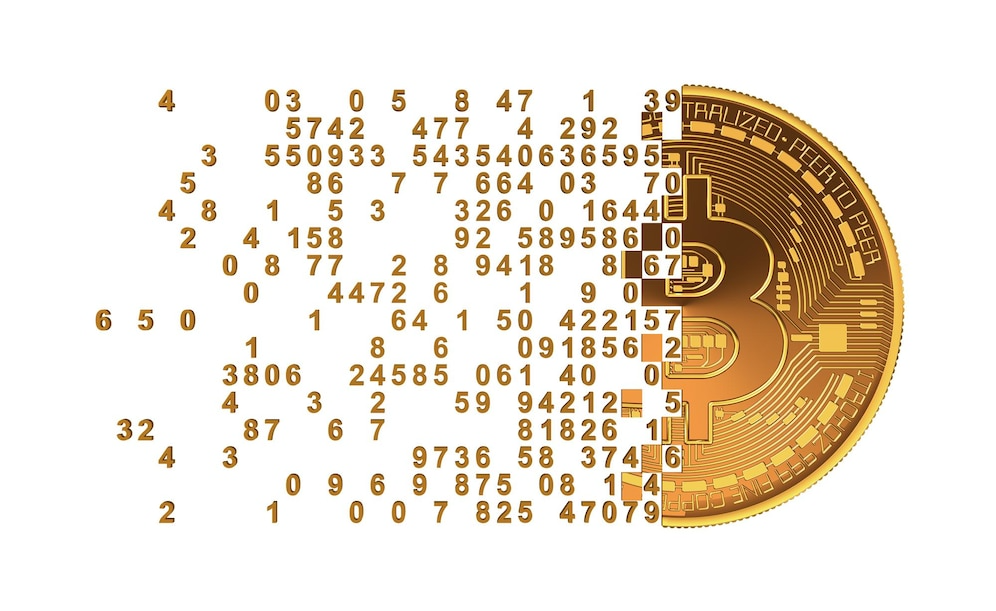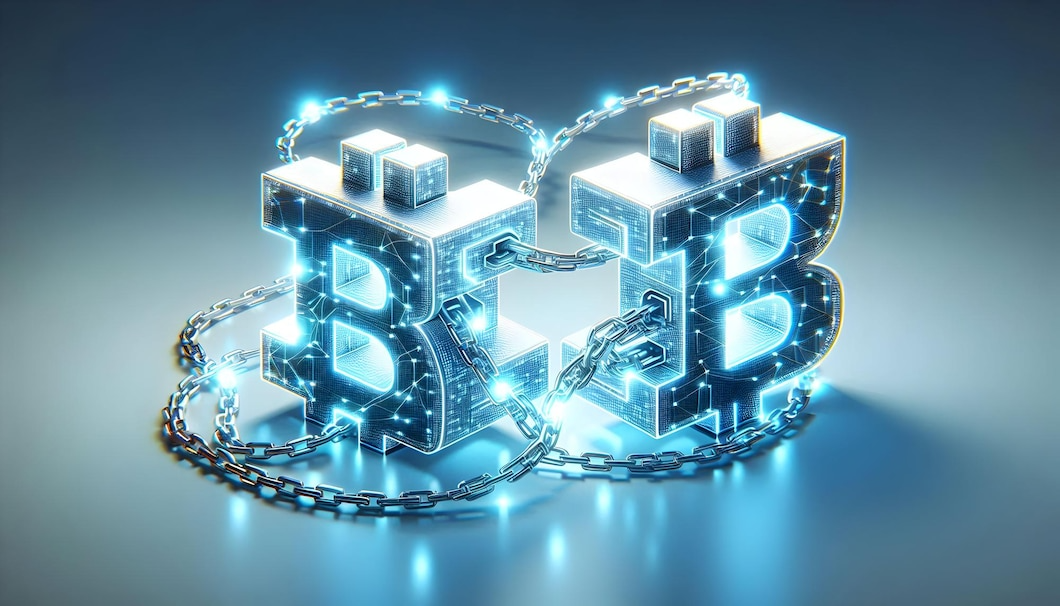Introduction: Imagine a Tamper-Proof Notebook
Think of blockchain technology as a super secure notebook where every page contains a list of transactions. Imagine that every page has a special seal (hash) that locks the information so no one can change it.
If someone tries to change anything, the seal breaks, making it obvious that someone is tampering with the records.
This special seal is created by hashing, and it’s what makes blockchain safe and trustworthy. Let’s break it down in the simplest way possible. At Theta Solutions, we specialize in blockchain development services to help businesses build secure and efficient blockchain solutions.
What is Hashing? (Think of a Secret Code)
Hashing is like turning information into a unique secret code.
- Imagine you create a password and instead of storing the actual password, the system turns it into a long, scrambled code that can’t be reversed.
- Even if someone sees the code, they can’t figure out the original password.
- That’s how hashing works in blockchain—it takes information and locks it into a special code.
A Simple Example of Hashing
Think of hashing like a paper shredder.
- You put a piece of paper into the shredder.
- The shredder turns it into tiny pieces.
- You can see the shredded paper, but you can’t put it back together.
This is exactly what happens in blockchain hashing it turns information into an unbreakable code.

How Does a Hash Help Secure Blockchain Technology?
1. Stops People from Changing Past Transactions
In blockchain, every block (or page in our notebook example) has:
- A list of transactions
- A hash (the secret code)
- The hash of the previous block (connecting them like a chain)
If someone tries to change a transaction in an old block:
- The hash changes completely
- The new hash doesn’t match the next block
- The entire chain breaks, making it clear that something is wrong
This makes it impossible to secretly change past records.
2. Ensures No Fake Transactions Get Through
Imagine if someone tried to fake a transaction and say they had more money than they actually do.
- Before adding a transaction, the system creates a hash for it.
- If even one letter or number is different, the hash changes completely.
- The blockchain network checks the hash before approving the transaction.
If the hash doesn’t match, the system rejects the fake transaction.
3. Helps Verify Transactions Without Sharing Private Information
Let’s say you need to prove your identity online.
- Instead of showing your actual ID, the system hashes your details into a secret code.
- The system checks if the code matches, without revealing your real data.
This is how blockchain keeps personal and financial information safe. We offer Custom Software Development solutions that integrate blockchain security to protect sensitive business data.

4. Protects Bitcoin and Other Cryptocurrencies from Fraud
In cryptocurrencies like Bitcoin, every time a transaction happens, it is:
- Turned into a hash
- Linked to the next transaction
- Stored permanently
If someone tries to steal or change the transaction, the hash changes and the system detects the fraud immediately. In addition to securing blockchain transactions, protecting sensitive data stored in the cloud is vital. Learn more about our cloud security solutions to enhance your business security.
How Blockchain Uses Hashing to Link Blocks Together
Think of a necklace made of beads. Each bead represents a block of data, and the string connecting them is hashing.
- Each new bead (block) contains the hash of the bead before it.
- If someone tries to replace or change a bead, the whole necklace falls apart.
This is why blockchain is secure because every block is connected in a way that can’t be undone or faked.
Why is Hashing So Secure?
For a hash to be useful in blockchain, it must have these superpowers:
- Same Input = Same Hash: The same data always produces the same hash.
- Tiny Change = Completely Different Hash: Changing even one letter or number creates a totally new hash.
- One-Way Street: You can’t reverse a hash to get the original data.
- Ast & Efficient: Computers can quickly generate hashes.
These properties make hashing the perfect security tool for blockchain.
Where is hashing used in blockchain?
- Cryptocurrencies (Bitcoin, Ethereum, etc.): Every transaction is stored as a hash.
- Smart Contracts: Hashing ensures that contracts can’t be altered after they’re made.
- Identity Verification: People can prove who they are without exposing personal details.
- Secure Online Voting: Votes can be stored securely so no one can tamper with the results.
Challenges & Limitations of Hashing in Blockchain
- Future Quantum Computers: These super-fast computers might one day break today’s hashing methods, but new security measures are being developed.
- Energy Consumption: Hashing requires a lot of computing power, especially for Bitcoin mining.
- Rare Hash Collisions: Although extremely rare, sometimes two different inputs can produce the same hash (but new algorithms are fixing this).
Conclusion: Why Hashing is the Backbone of Blockchain Security
Hashing is what makes blockchain safe, reliable, and unchangeable.
It locks every transaction into a unique digital fingerprint that:
- Prevents fraud
- Stops tampering
- Secures identities
Keeps cryptocurrencies safe
Without hashing, blockchain wouldn’t be secure. As technology improves, even stronger hashing methods will be created, making blockchain even safer for the future.
FAQs About Hashing in Blockchain
Q1: Why is hashing important in blockchain?
Hashing ensures that transactions cannot be changed once they are recorded, making blockchain secure and tamper-proof.
Q2: What happens if someone tries to change a blockchain transaction?
The hash will change completely, breaking the chain and making it impossible to alter data secretly.
Q3: What hash function does Bitcoin use?
Bitcoin uses SHA-256, a highly secure hashing method that creates a unique 256-bit hash for every transaction and block.
Q4: Can someone reverse a hash to find the original data?
No! Hashing is a one-way process, meaning you can’t turn a hash back into the original data.
Q5: Is hashing used only in blockchain?
No! Hashing is also used in password security, digital signatures, online banking, and data verification.
Want to See Hashing in Action? Try This!
Go to a SHA-256 hash generator online and type in a word like:
👉 “Hello Blockchain”
Now, change one letter, like:
👉 “hello Blockchain”
You’ll see that the hash changes completely, even though only one letter was different!
This is exactly how blockchain keeps data safe and secure! Want to know, How to Conduct Research on Blockchain Technology? click here!
